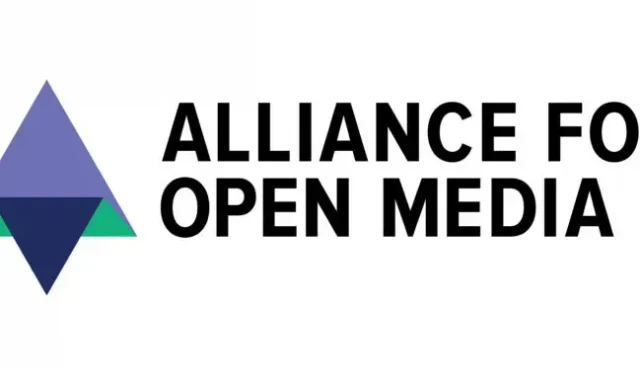After advancing the AV1 codec, Google is following Dolby with HDR and audio standards.

Google can do pretty much whatever it wants with video and web standards. YouTube is the most popular video site in the world. Chrome is the most popular browser in the world. Android is the most popular operating system in the world. Anything Google wants to deploy can immediately have a significant user base of clients, servers, and content. From there, it’s just a matter of getting a few partners to tag together. This is how Google implements the next generation AV1 video codec and then Google targets HDR standards and 3D audio.
Janko Rettgers of Protocol published a report on Project Caviar, Google’s plan to take on Dolby and create free alternatives to HDR (Dolby Vision) and 3D audio (Dolby Atmos). Dolby’s old media business model relies on royalties from equipment manufacturers and support from content creators. The company’s technology is deeply rooted in cinemas, Blu-ray and more recent streaming companies such as Apple actively support Dolby technology. It all comes at a cost, however, and a Protocol report says $50 streaming sticks end up making about $2 of that Dolby price.
Surround sound has always been a feature of movies with varying amounts of front, rear and side speakers, but Dolby Atmos adds height to the equation. If you’re using a 5.1 or 7.1 speaker setup – that’s three front speakers, two rear speakers, a subwoofer, and for 7.1 two side speakers – Dolby Atmos adds four height speakers to the mix, allowing the sound to pan over the viewer’s head. Atmos is supported by Apple, Netflix, HBO Max and Disney+.
Google is pursuing Dolby through the “Alliance for Open Media”standards group, which includes Amazon, Apple, Arm, Google, Intel, Meta, Microsoft, Mozilla, Netflix, Nvidia, and Samsung. This is the same group behind the AV1 standard, which grew out of Google’s purchase of On2 and the open source code for its video codec.
Neither Dolby Vision nor Atmos’ competitors require the development of new codecs. Google’s strategy is basically to standardize a way to deliver audio and video that doesn’t require Dolby fees and branding enough to compete. For starters, the group already has specifications for “Immersive Audio Container “posted online, which describe itself as “a codec-independent audio bitstream format for creating 3D sound fields that can be used for multi-channel audio playback.”For HDR, the group wants to adopt the HDR10+ standard, which was originally developed by Samsung but lacks content.
It is not yet known for which consumer-facing brand these standards will be. This is very important as the name “Dolby”still has a big impact on home theater enthusiasts, meaning that streaming apps can advertise the Dolby brand as a premium add-on, creating demand for the standards. Few companies have enough influence in the media space to push the new standard, but Google is one of them. As we’ve seen with the AV1, bringing support to YouTube, Android, Chrome, and any hardware manufacturer that wants to license YouTube is a powerful bludgeon.
Leave a Reply